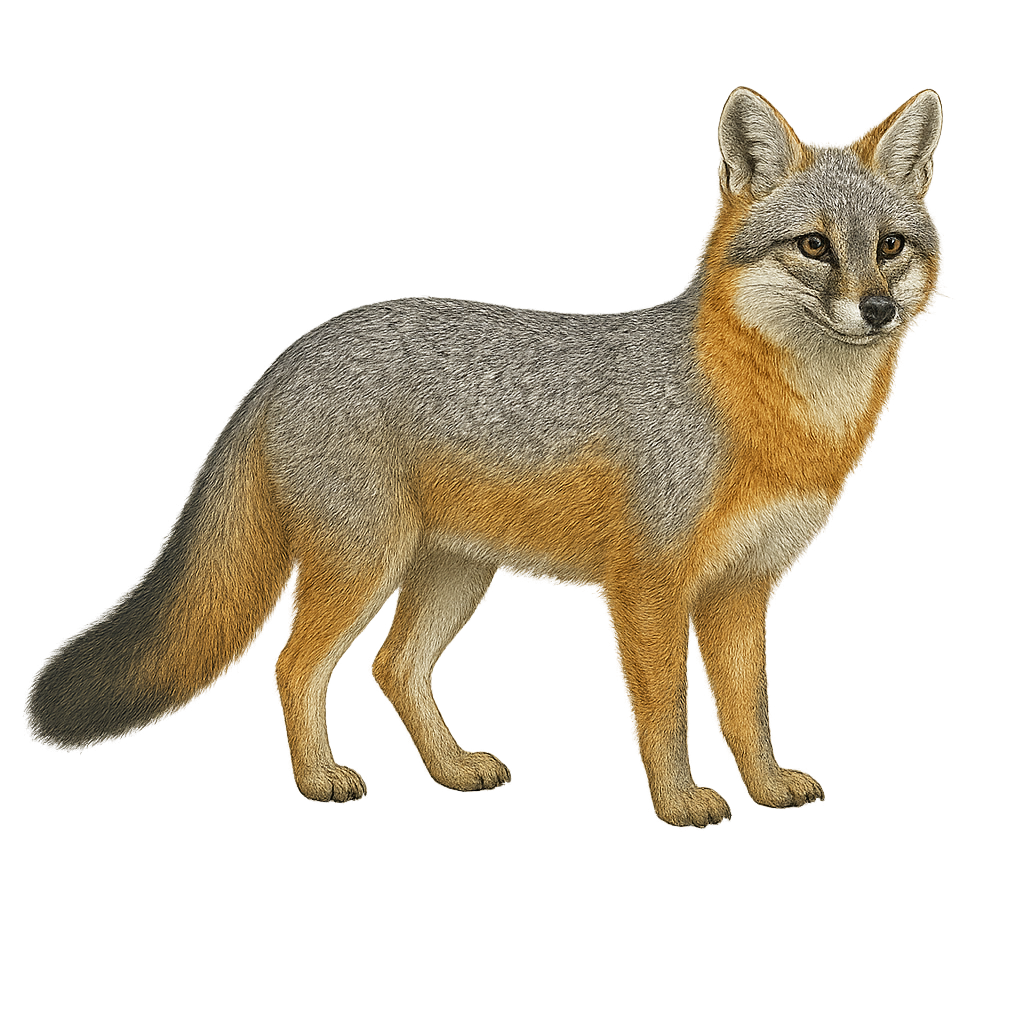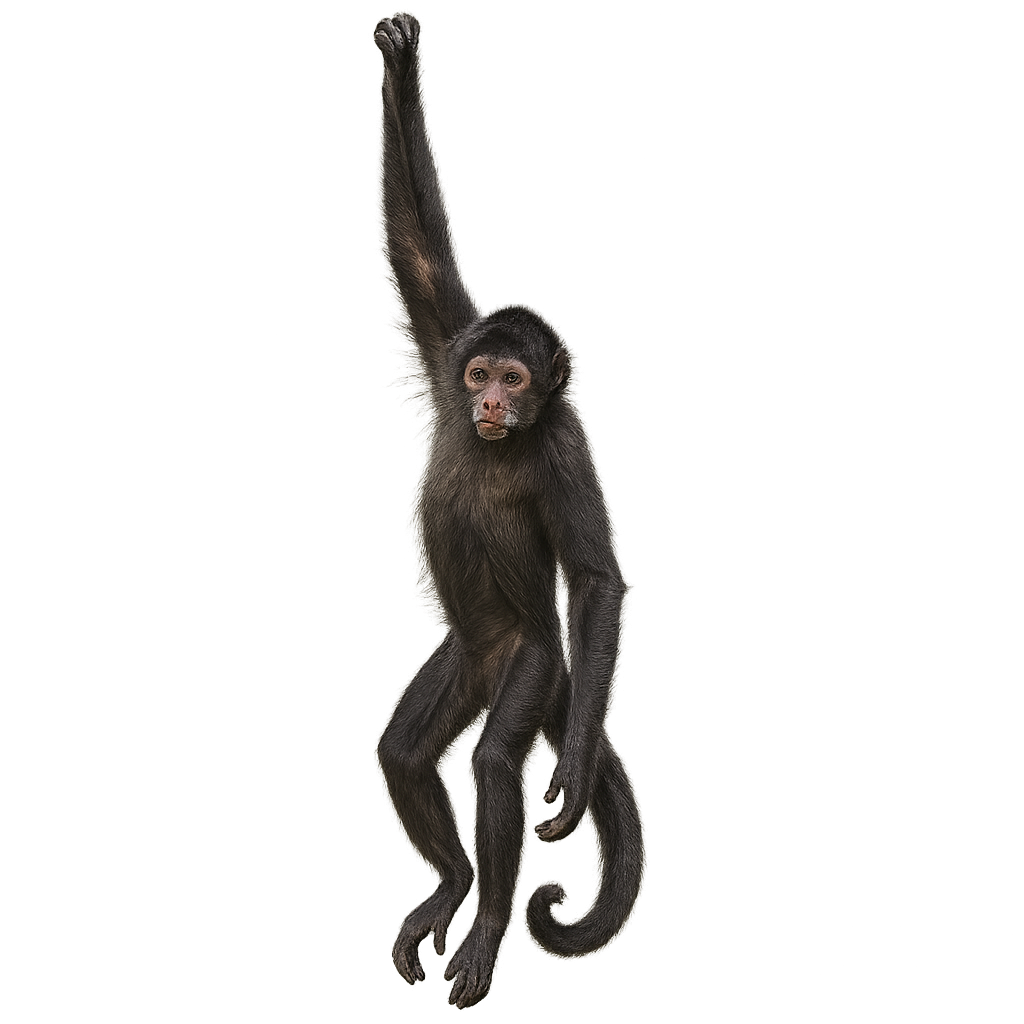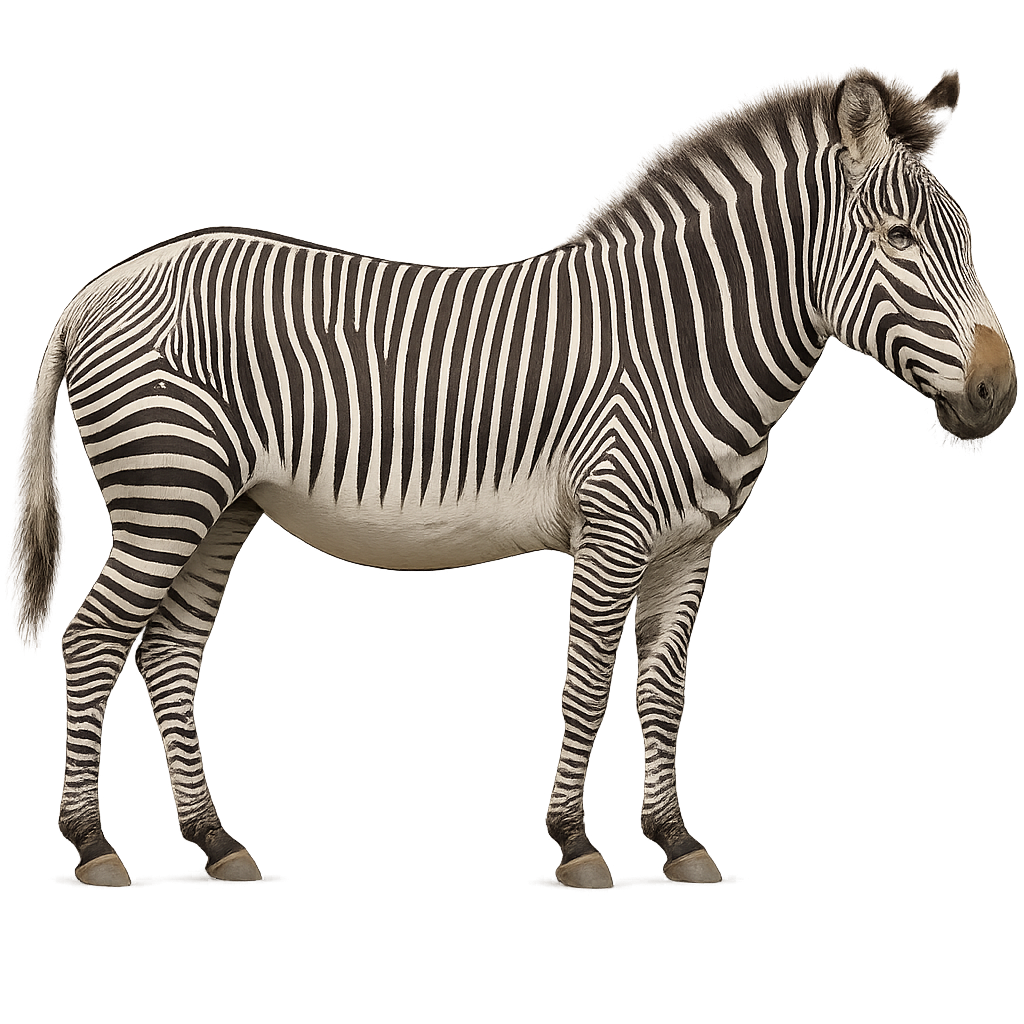Your wildlife tracking tool..
Browse 2,846species by country, track observations, and plan your photo outings.
Your global reference for wildlife photography
WildlifePhotographer gives you access to over 2,846 wildlife species sheets to help you identify, understand, and photograph wildlife around the world. Mammals, birds, reptiles… each sheet provides key information: habitat, activity, life cycle, signs of presence, and tailored photo tips.
Our database grows every week with new iconic species. To go further, access maps, reminders, logs, and personalized statistics in the app — designed to meet the real needs of wildlife photographers in the field.
Gray fox
Urocyon cinereoargenteus
The gray fox, or Urocyon cinereoargenteus, is a medium-sized canid known for its silver-gray fur, reddish legs, and bushy tail. Unique among canids, it can climb trees, allowing it to escape predators and forage for food. It primarily inhabits dense forests, scrublands, and mountainous regions of North and Central America. An omnivore, it feeds on small mammals, birds, insects, and fruits. The gray fox is generally nocturnal and crepuscular, preferring to avoid humans. Although widely distributed, it is often elusive and difficult to spot.
Greater One-horned Rhinoceros
Rhinoceros unicornis
The Indian Rhinoceros, also known as the one-horned rhinoceros, is a large species of rhinoceros found primarily in the Indian subcontinent, particularly in India, Nepal, Bangladesh, and Bhutan. It measures about 3.5 to 4 meters in length, with a tail of 60 to 70 cm, and weighs between 2,200 and 3,000 kg. This rhinoceros is easily recognized by its thick, wrinkled skin, with a single horn located on its nose. It primarily feeds on grasses, leaves, and fruits, and lives in a variety of habitats, including grasslands, wetlands, and riverine forests. While its population has long been threatened by poaching and habitat loss, thanks to conservation efforts, the Indian Rhinoceros has experienced some recovery, but it remains vulnerable.
Geoffroy's spider monkey
Ateles geoffroyi
The Geoffroy's Spider Monkey is a medium-sized primate primarily found in the tropical forests of Mexico and Central America. It typically measures about 50 to 60 cm in length, with a prehensile tail of around 70 to 80 cm, and weighs between 10 and 20 kg. Its fur is generally brown or black, with lighter spots on the belly and legs. The Geoffroy's Spider Monkey has a highly flexible and prehensile tail, which it uses to grasp tree branches and move easily through the forest canopy. It is primarily herbivorous, feeding on fruits, leaves, flowers, and sometimes small insects. These monkeys live in organized social groups and are primarily active during the day. While they are relatively numerous, they are threatened by deforestation and loss of their natural habitat.
Golden snub-nosed monkey
Rhinopithecus roxellana
The Golden Monkey, also known as the Roxellana Rhinopithecus, is a medium-sized primate found primarily in the mountains of China, particularly in the provinces of Sichuan and Gansu. It measures about 55 to 70 cm in length, with a tail of 50 to 60 cm, and weighs between 10 and 15 kg. Its fur is a bright golden color, with reddish hues and long hair around the face that forms a kind of mane. The Golden Monkey is primarily herbivorous, feeding on leaves, fruits, seeds, and occasionally small insects. It lives in organized social groups and is often observed in mountainous forests at high altitudes. While it is protected in certain regions, this species is threatened by habitat loss, deforestation, and poaching, which has led to a decline in its population.
Golden lion tamarin
Leontopithecus rosalia
The Golden Lion Tamarin is a small primate found primarily in the tropical forests of southeastern Brazil. It typically measures about 20 to 30 cm in length, with a tail of 35 to 45 cm, and weighs between 500 and 700 g. Its fur is a bright golden orange, giving it a distinctive and striking appearance. The Golden Lion Tamarin is known for its small size, great agility, and complex social behaviors. It lives in family groups and primarily feeds on fruits, insects, nectar, and small vertebrates. Although it is an excellent climber and spends most of its time in trees, this species is threatened by deforestation, habitat loss, and illegal wildlife trade.
Giant armadillo
Priodontes maximus
The Giant Armadillo is the largest of the armadillos, found primarily in the tropical forests of South America, notably in Brazil, Bolivia, Paraguay, and Argentina. It typically measures between 1.5 and 2 meters in length, including its tail, and can weigh up to 60 kg. Its fur is rough and brown, and it has a hard shell, typical of armadillos, which serves as protection against predators. The Giant Armadillo is primarily nocturnal and terrestrial, feeding mainly on insects, worms, fruits, and roots. While it is an excellent burrower, it is threatened by illegal hunting and habitat destruction, leading to a decline in its population.
Grevy’s Zebra
Equus grevyi
The Grevy's Zebra is a species of zebra found primarily in the savannas and grasslands of East Africa, notably in Ethiopia and Kenya. It typically measures about 2.5 meters in length, with a shoulder height of 1.5 to 1.6 meters, and weighs between 350 and 450 kg. Its coat is characterized by narrow and tightly spaced stripes, which are generally finer than those of other zebras. It has a longer and narrower head compared to other zebra species, with long, pointed ears. The Grevy's Zebra primarily feeds on grasses and vegetation, and lives in complex social groups, often led by a dominant mare. Although its population is declining due to habitat loss and poaching, it is protected by conservation programs in some areas.








